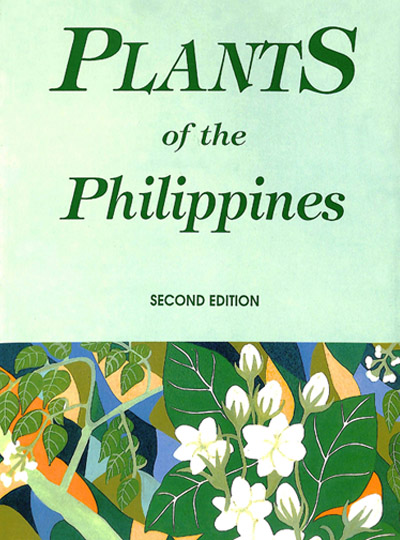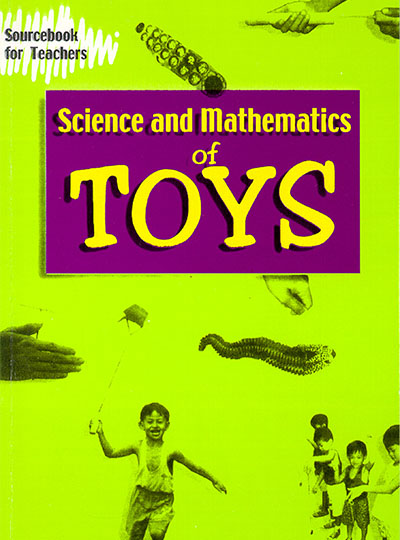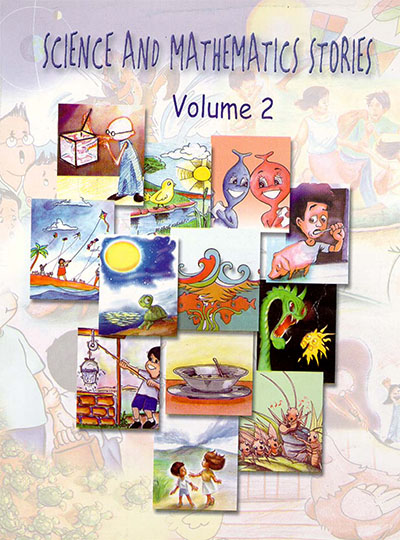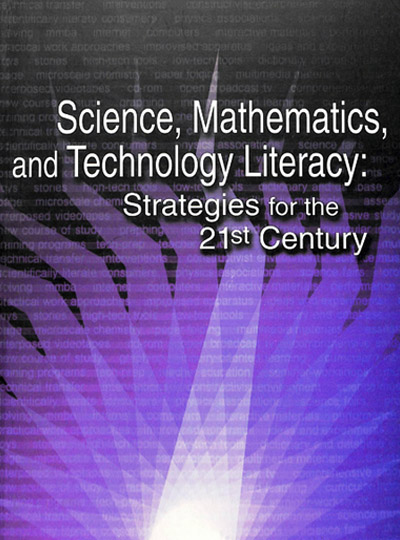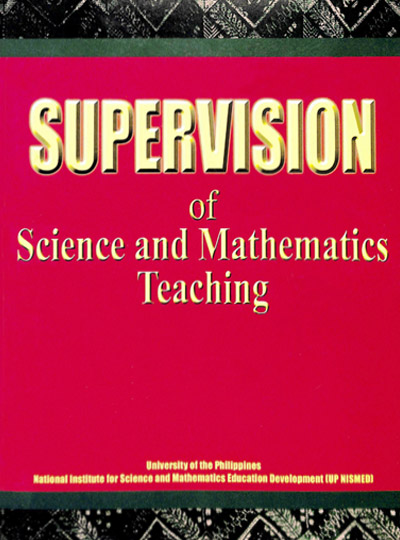S. Cabato, L. Capalad, et al
ISBN 971-137-009-3
Published by PUNDASYON
1983
No of Pages: 370
____________
This book is based on the result of a study to investigate the elementary school children’s knowledge of English non-technical words used in teacher-pupil interactions and mathematics classes. The facility of each of the 385 non-technical words in the WELS World List for each grade level (grades 4, 5 and 6) by regions (Luzon, Visayas and Mindanao) and by school types (public barrio, town, and private) was determined.
The report includes the test developed to measure the difficulty levels of each word. The discussion and the implications of the findings for teaching and curriculum development highlight the significance of the study in relation to the goals of science and mathematics education.


